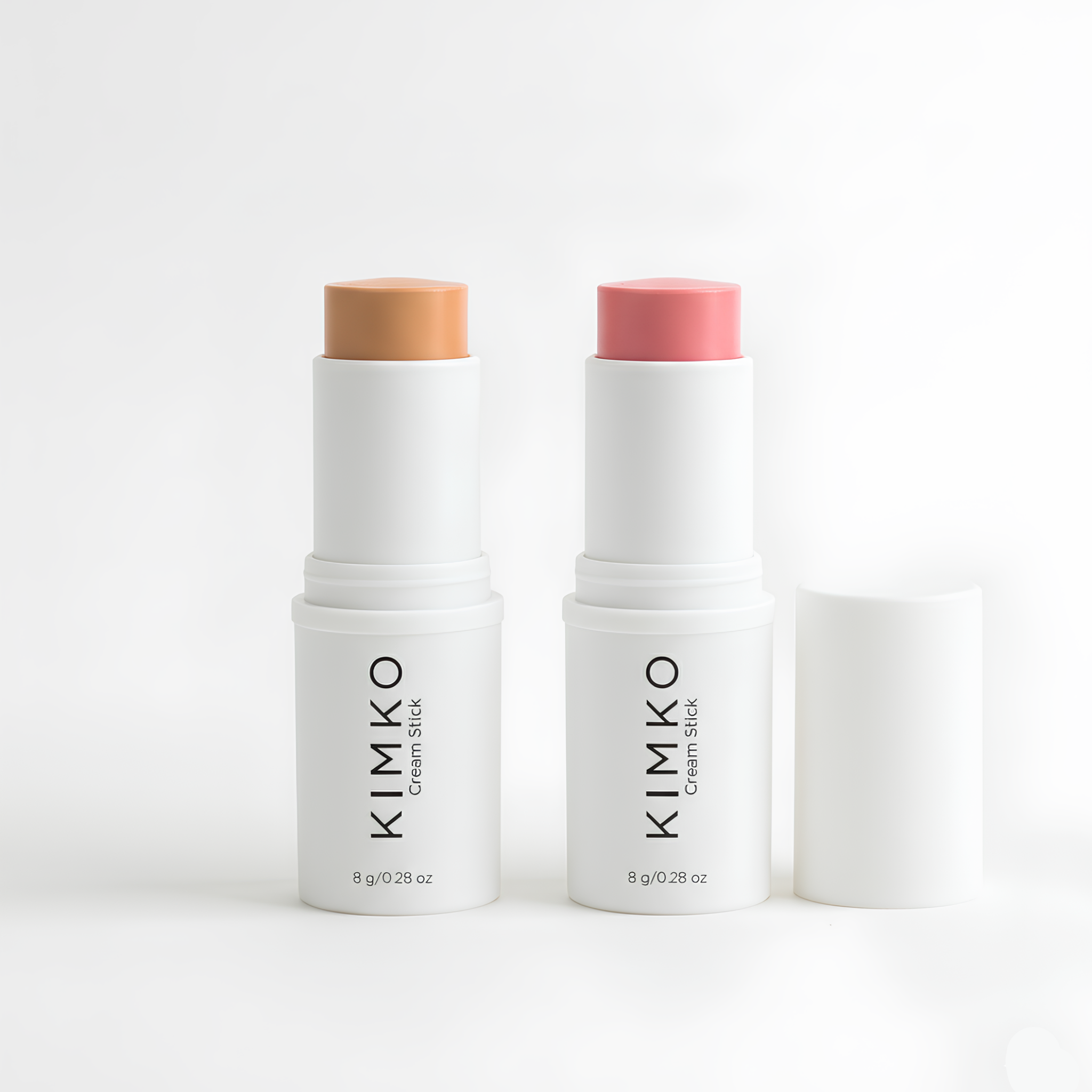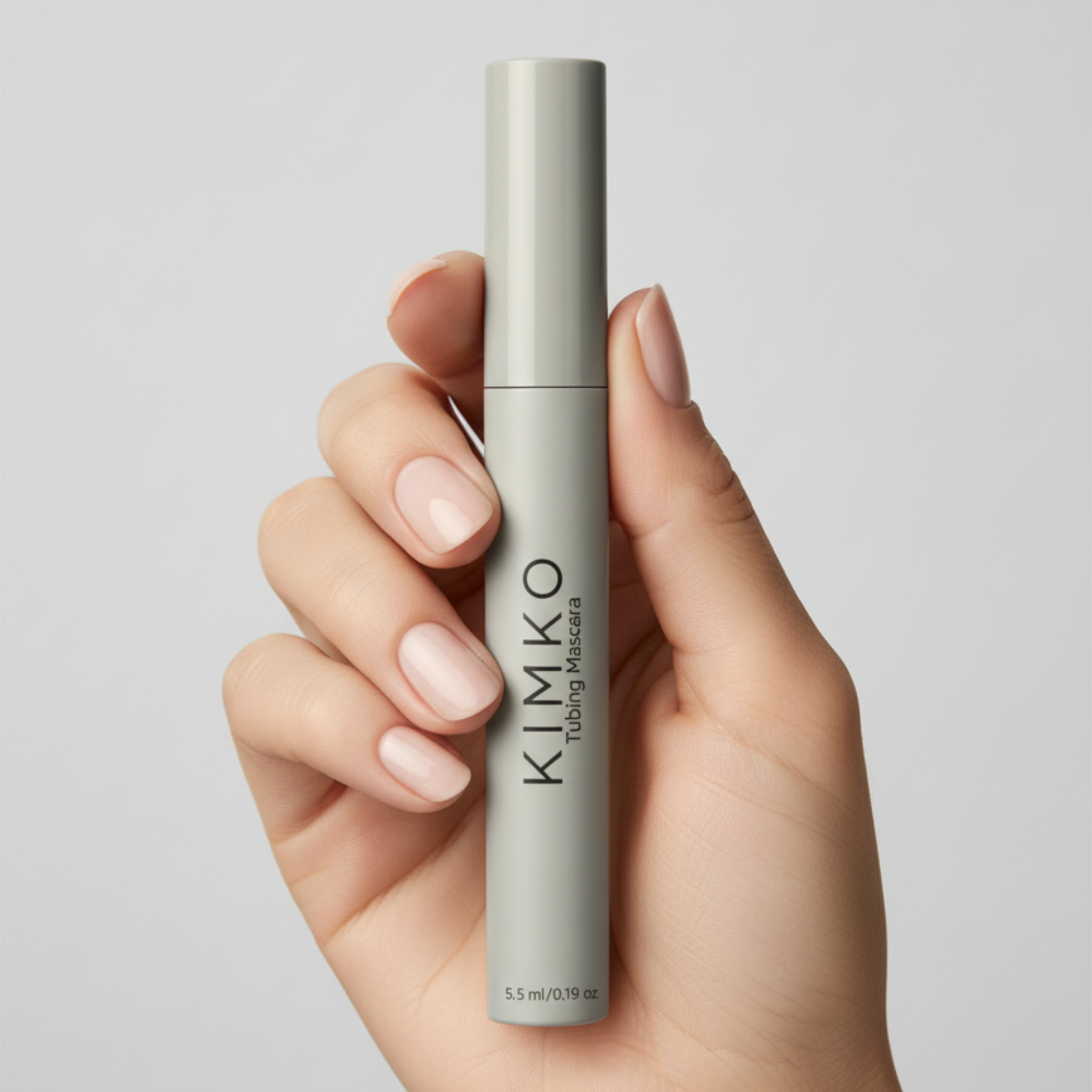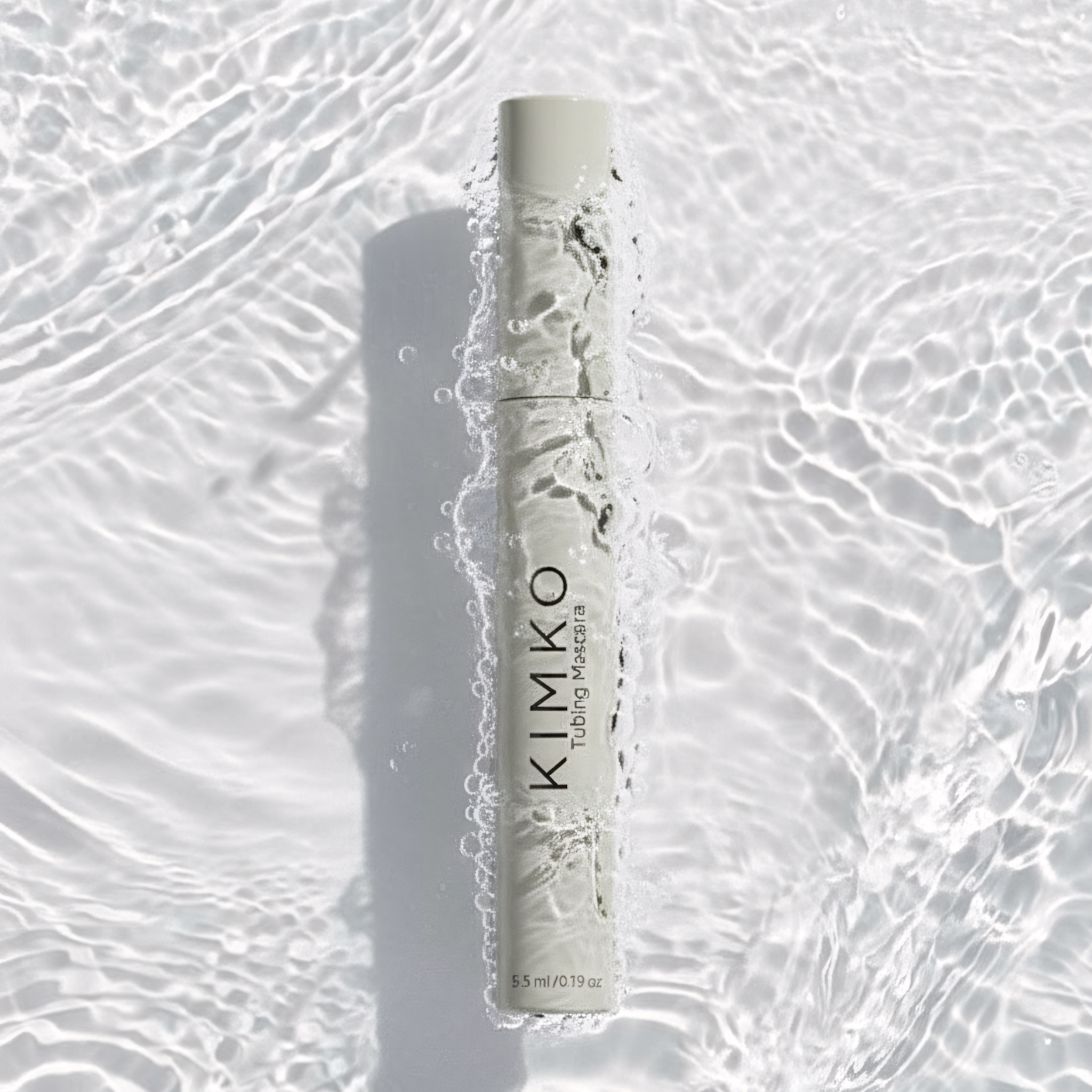Ultimate Guide to Using Face Sticks for Dry Skin and Oily Skin Types: Expert Tips

When it comes to skincare, there's no one-size-fits-all solution. Whether you have dry skin, oily skin, or a combination of both, your skincare products should be tailored to meet your skin’s unique needs. One product that’s gained a lot of popularity in recent years is the face stick. This versatile skincare essential is compact, easy to use, and can be a game-changer for those with specific skin concerns. But how do you use a face stick effectively for different skin types? In this post, we’ll explore face stick tips for both dry and oily skin, so you can achieve healthy, radiant skin with minimal effort.
What is a Face Stick and Why You Should Consider Using One?
Face sticks are solid, often multi-functional skincare products that come in a convenient, portable stick form. They are designed to address a variety of skin concerns, such as hydration, brightening, blemishes, and oil control. Face sticks typically feature nourishing ingredients like hyaluronic acid, shea butter, vitamin C, and salicylic acid, among others, depending on their specific function.
These sticks are ideal for people with busy lifestyles who need quick, effective skincare solutions. They’re easy to apply on-the-go and can be used directly on the skin without any mess, making them perfect for travel or for quick touch-ups during the day.
How to Use Face Sticks for Dry Skin Types
Dry skin tends to lack moisture and can feel rough, tight, or flaky. The key to choosing the right face stick for dry skin is to look for products that provide intense hydration, soothe irritation, and lock in moisture. Here are some tips for getting the most out of your face stick if you have dry skin:
1. Choose a Face Stick with Hydrating Ingredients
Look for face sticks with rich, hydrating ingredients like shea butter, hyaluronic acid, glycerin, or aloe vera. These ingredients help to draw moisture into the skin and maintain a soft, supple texture.
2. Apply Generously on Dry Areas
For dry skin, be sure to apply a generous amount of face stick to areas where you experience the most dryness, such as around the cheeks, forehead, and under the eyes. Allow the product to absorb fully before layering other skincare products.
3. Use as a Primer Under Makeup
Using a moisturizing face stick before applying makeup can provide a smooth base. The added hydration will help your foundation go on more evenly and prevent it from looking cakey or settling into fine lines.
4. Keep Skin Hydrated Throughout the Day
Face sticks are incredibly handy for quick hydration throughout the day. Carry one with you in your bag for a midday moisture boost, especially when you’re out in dry or air-conditioned environments that can exacerbate dryness.
5. Apply Before Bed for Overnight Hydration
If you have very dry skin, applying a nourishing face stick before bed can help your skin stay hydrated while you sleep. Look for overnight formulas that are packed with rich oils or emollients that will help lock moisture in as your skin regenerates overnight.
How to Use Face Sticks for Oily Skin Types
Oily skin can often feel greasy, shiny, and prone to breakouts. The right face stick for oily skin should focus on controlling excess sebum, mattifying the skin, and promoting clarity. Here are some key tips for using face sticks for oily skin:
1. Opt for Oil-Free and Mattifying Formulas
If you have oily skin, it’s important to select face sticks that are labeled as oil-free or mattifying. Look for ingredients like salicylic acid, niacinamide, or tea tree oil, which can help balance oil production and reduce shine.
2. Apply Only to Target Areas
Instead of slathering the face stick all over your face, target the areas that tend to get the most oily, such as your T-zone (forehead, nose, chin). This helps avoid over-drying other areas of your skin and ensures your makeup stays matte all day.
3. Use as a Spot Treatment for Breakouts
If you’re prone to acne or blemishes, use a face stick with acne-fighting ingredients like salicylic acid or benzoyl peroxide as a spot treatment. Apply it directly to blemishes after cleansing to reduce inflammation and control oil build-up.
4. Set Your Makeup with a Face Stick
A mattifying face stick can work as an excellent setting product. After applying foundation, use the stick to go over areas that tend to get oily during the day, keeping your makeup intact and fresh-looking.
5. Reapply Throughout the Day for a Shine-Free Look
Oily skin tends to produce excess sebum throughout the day, causing makeup to slide off or leaving a shiny appearance. A mattifying face stick can be applied as needed for touch-ups, absorbing excess oil and keeping your skin looking matte and smooth.
Additional Tips for Both Skin Types:
1. Don’t Over-Apply
Whether you have dry or oily skin, moderation is key. Avoid the temptation to over-apply the product, as it may lead to clogging pores or excessive oil production.
2. Always Choose Non-Comedogenic Products
If you have sensitive or acne-prone skin, always opt for non-comedogenic (won’t clog pores) face sticks to avoid triggering breakouts.
3. Cleanse Properly Before Application
Ensure you clean your skin thoroughly before applying a face stick. This will ensure that your skin can fully absorb the beneficial ingredients, making the product more effective.
Conclusion: Achieving Healthy, Radiant Skin with Face Sticks
Face sticks can be a simple yet powerful addition to your skincare routine, whether you have dry, oily, or combination skin. By choosing the right formula and applying it correctly, you can maximize the benefits and achieve healthy, glowing skin. Whether you’re looking for hydration, oil control, or a makeup primer, there’s a face stick out there to meet your needs. Give these tips a try, and you’ll soon discover how easy and effective face sticks can be in your skincare arsenal.


Comments